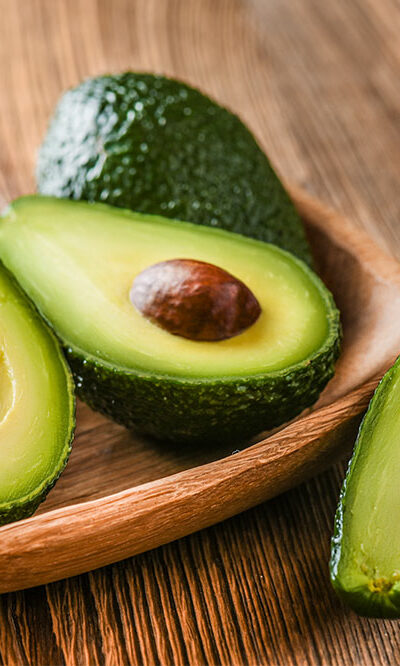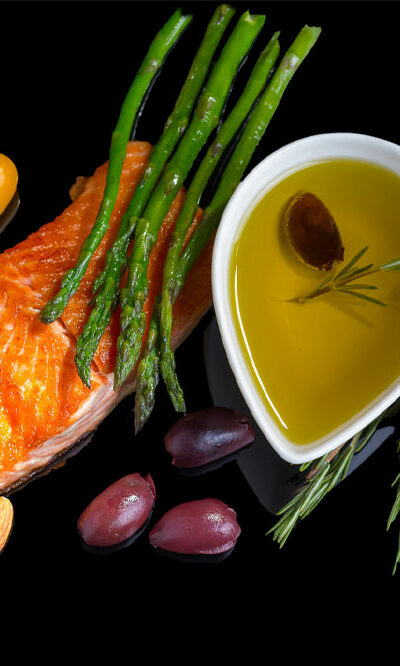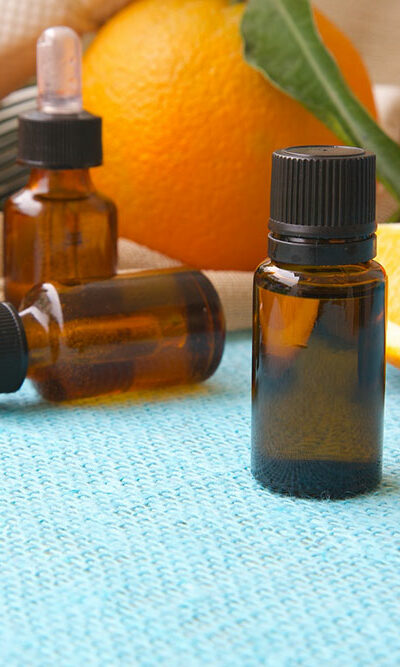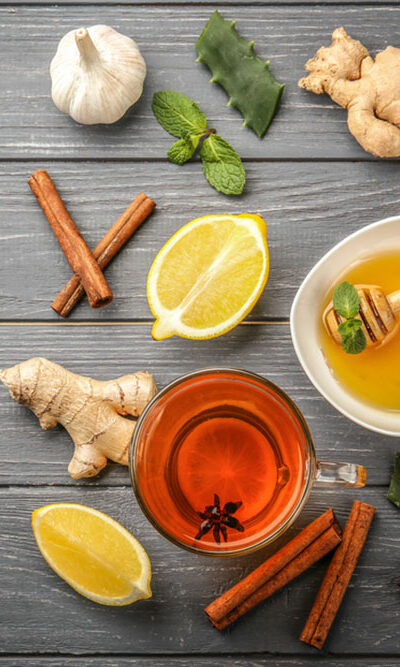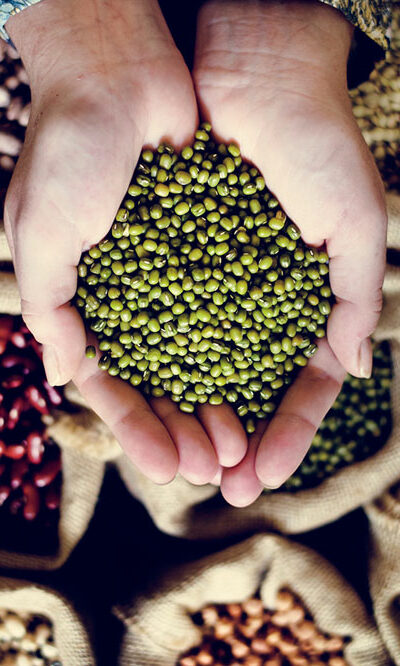
Top 5 foods that help fight chronic myeloid leukemia
Chronic myeloid leukemia, which is also called chronic myelogenous leukemia, is a cancer of the bone marrow. It essentially leads to the increased production of white blood cells in the blood. When an individual is battling leukemia, they may feel fatigued, and their immune system can get compromised. This makes proper nutrition intake extremely important. It helps patients feel better during and after the treatment by maintaining strength and speeding recovery. Here are some foods that can help people manage chronic myeloid leukemia. Protein-rich foods Protein is necessary for repairing cells and tissues and strengthening the immune system. It is recommended that people with chronic myeloid leukemia eat at least one meal a day that contains a good source of lean protein such as chicken, fish, or turkey. Some other protein-rich sources include eggs, soy and soy products, beans, nuts and nut butter, and low-fat dairy products. Probiotics These are healthy bacteria the stomach needs to manage food better and keep the body healthy. Yogurt is one of the most popular and easily available sources of probiotics. Make sure the label says “Live and Active Culture,” an indication that the yogurt has probiotics in it. Other good sources include kefir, kombucha, sauerkraut, miso, and tempeh. Wide variety of fruits and vegetables The diet of individuals with chronic myeloid leukemia must consist of a variety of fruits and vegetables. Besides being rich in vitamins and minerals, these foods are packed with antioxidants and contain phytochemicals, which are known to fight cancer cells. One can top cereals with their favorite fruits, drink smoothies, or enjoy a bowl of berries for dessert. Try to include these fruits and veggies in the daily diet: apples, bananas, strawberries, leafy greens, cauliflower, and broccoli. Whole grains Whole grains are an excellent source of carbohydrates and fibers, both of which are required to maintain healthy energy levels during and after the treatment.
